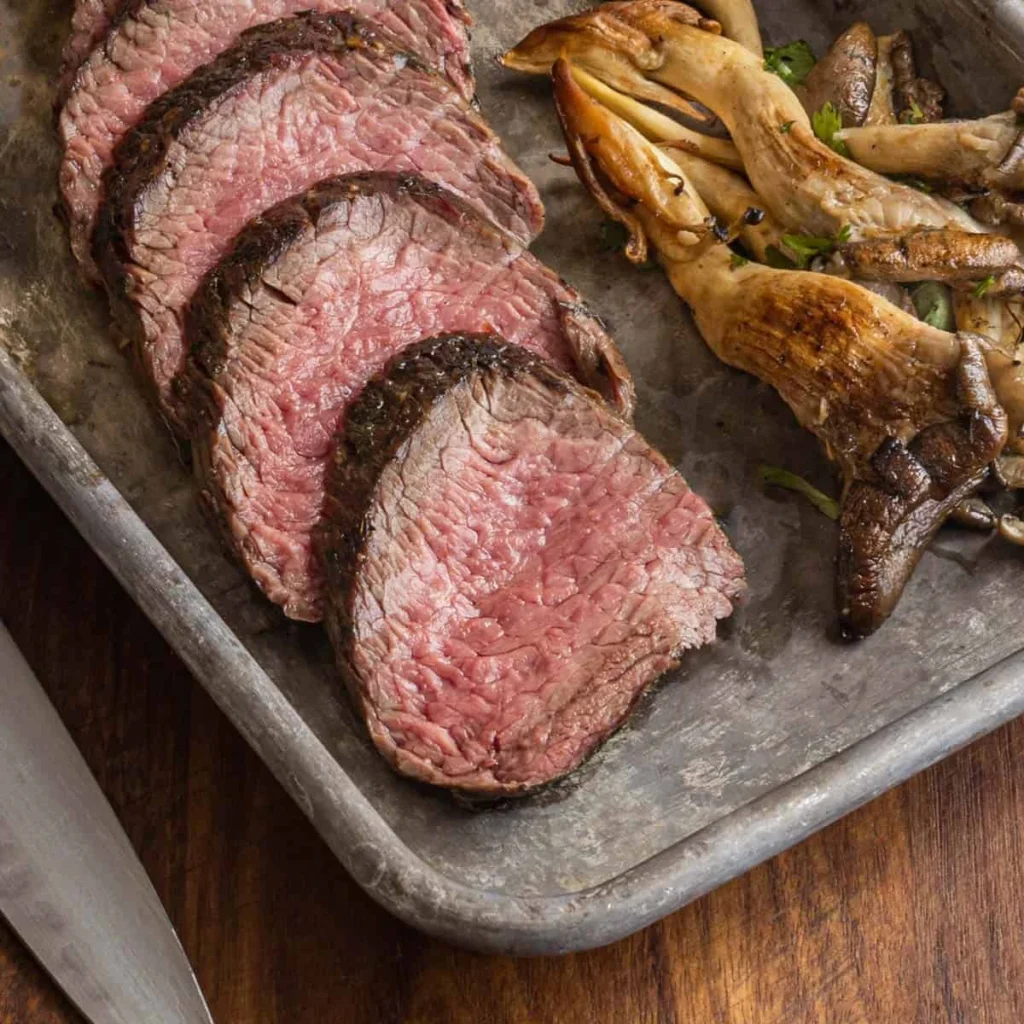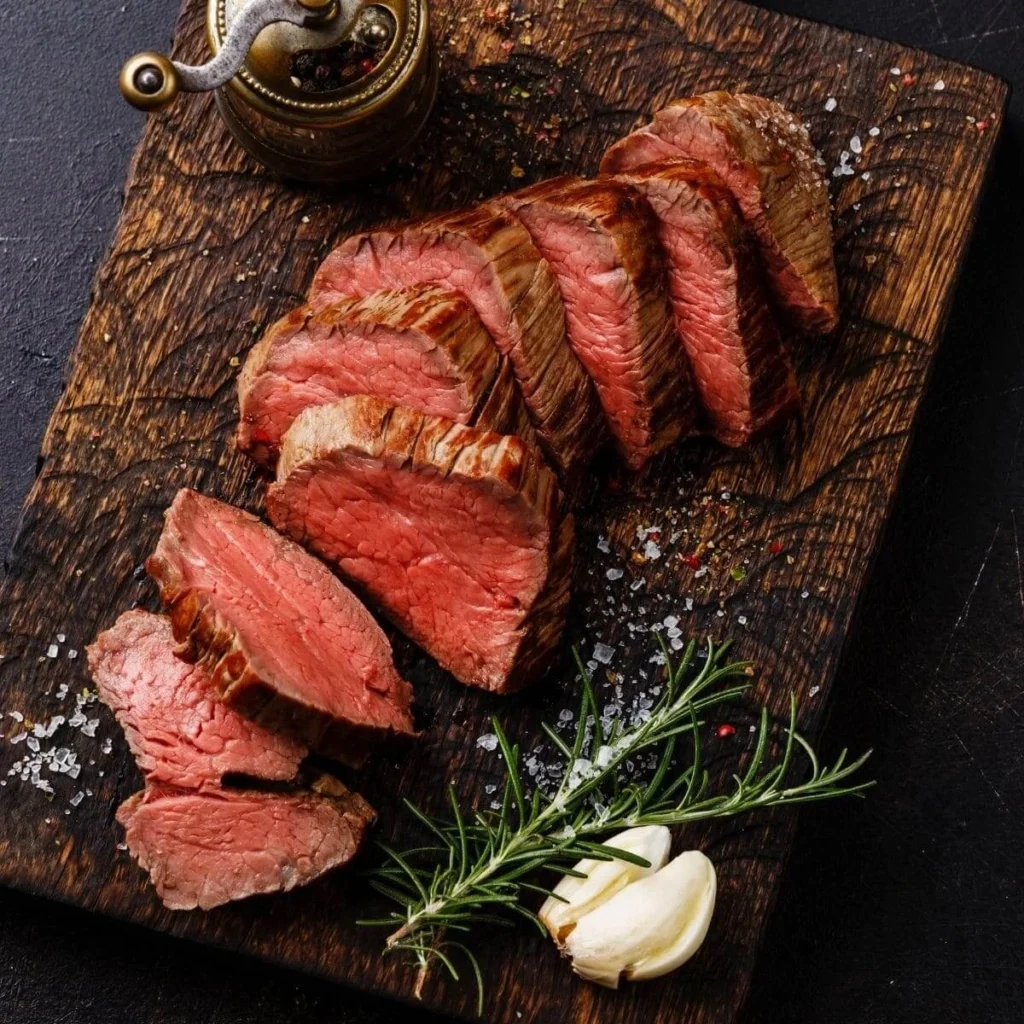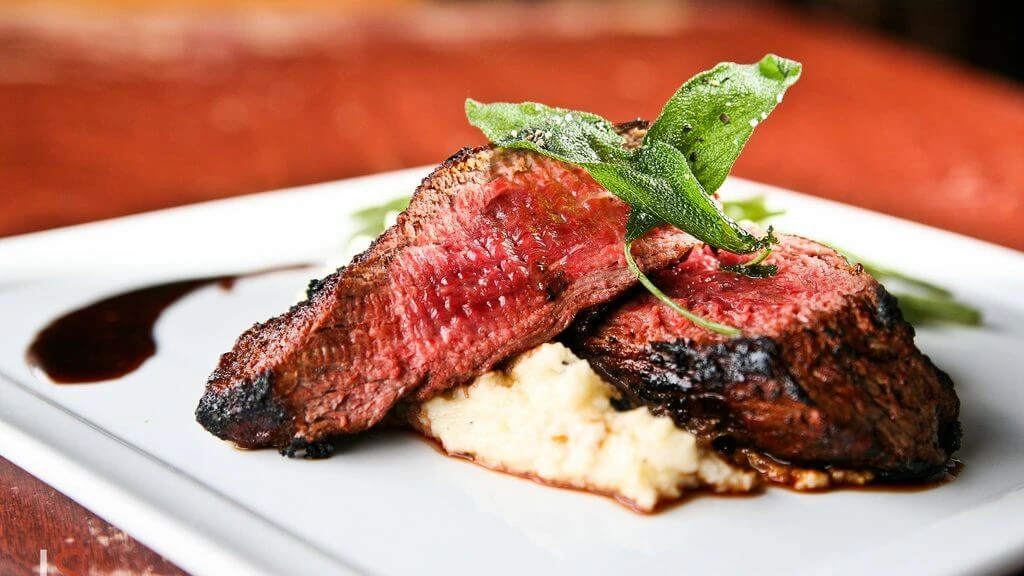How to Cook Beef Teres Major for Maximum Tenderness
Table of Contents

beef teres major
Discover a Butcher’s Secret That Rivals Filet Mignon
You might think you’ve tried every steak worth savoring, but there’s one unsung hero waiting to steal the spotlight on your dinner plate: beef teres major. Often overshadowed by big names like ribeye or sirloin, this lesser-known cut quietly delivers a level of tenderness and flavor that can rival even filet mignon — at a fraction of the price.
If you’re ready to unlock the full potential of this hidden gem, you’re in the right place. By the end of this guide, you’ll know how to prep, cook, and serve teres major steak so it’s juicy, flavorful, and mouthwateringly tender.
What Is Beef Teres Major?
The Cut You Didn’t Know You Needed
Beef teres major, also called the “petite tender,” is cut from the shoulder (specifically the chuck primal). While most shoulder cuts tend to be tough and require slow cooking, teres major is an exception. This muscle does very little work, making it surprisingly tender.
Why It Stands Out:
- Similar texture and tenderness to filet mignon
- More affordable than premium cuts
- Usually weighs between 8 to 12 ounces
- Rare to find in grocery stores — ask your butcher or shop specialty markets
Nutritional Snapshot (Per 4 oz Serving)
| Nutrient | Amount |
|---|---|
| Calories | ~180 |
| Protein | ~24g |
| Total Fat | ~9g |
| Iron | ~15% DV |
Choosing and Prepping Your Teres Major
Before you even light the stove or fire up the grill, start with the basics: a good cut and thoughtful prep.
What to Look For:
- Uniform shape, slightly elongated like a pork tenderloin
- Deep red color with minimal connective tissue
- Firm to the touch, not soft or mushy
Step-by-Step Prep:
- Trim off any silver skin or excess fat using a sharp boning knife.
- Pat dry the surface with paper towels to ensure a good sear.
- Season simply with kosher salt, black pepper, and garlic powder.
- Let rest at room temperature for about 30 minutes before cooking.
Tip: For deeper flavor and enhanced tenderness, dry brine your steak overnight by seasoning it and leaving it uncovered in the fridge.

How to Cook Beef Teres Major for Maximum Tenderness
Two Foolproof Methods
Cooking teres major is simple once you know what you’re working with. Here are two top techniques that consistently bring out the best in this steak.
Method 1: Grilled Teres Major
Grilling gives you a smoky char that complements the natural richness of the meat.
You’ll need:
- High-heat grill (charcoal or gas)
- Tongs
- Meat thermometer
Steps:
- Preheat grill to high heat (450°F to 500°F).
- Move steak to indirect heat and continue cooking until internal temperature reaches 130°F.
- Rest for 5–10 minutes before slicing.
Method 2: Pan-Sear and Oven-Finish
This technique lets you build flavor in a pan and finish in a controlled oven environment.
You’ll need:
- Cast iron skillet
- Oven (preheated to 400°F)
- Butter and fresh herbs for basting
Steps:
- Heat skillet over medium-high heat.
- Add olive oil and sear steak 2–3 minutes per side.
- Add butter, garlic, and rosemary or thyme.
- Baste steak, then transfer to oven for 5–7 minutes.
- Remove at 130°F for medium rare.
Cooking Temp Guide
| Doneness | Internal Temp |
| Rare | 120–125°F |
| Medium Rare | 130–135°F |
| Medium | 140–145°F |
| Well Done | 155°F+ |
Pro Tip: Always use a meat thermometer. Guesswork ruins great steak.
Best Practices to Enhance Tenderness
Even the best steak can fall flat without the right techniques. Here’s how to elevate yours.
Don’t Overcook
- Anything beyond medium rare compromises texture
- Overcooking tightens muscle fibers and reduces juiciness
Always Slice Against the Grain
- Find the grain lines (direction of muscle fibers)
- Cut perpendicular for shorter fibers and easier chewing
Use Butter and Fresh Herbs
- Finish your steak with a quick butter baste
- Herbs like thyme or rosemary add depth
Marinate (Optional)
- For included complexity, marinate 2–4 hours in olive oil, balsamic, garlic, and lemon
- Avoid acidic marinades for more than 6 hours
Pairing and Serving Suggestions
Once cooked, you’ll want to serve beef teres major alongside flavors that complement its richness.
Side Dishes
- Garlic mashed potatoes
- Grilled asparagus
- Roasted carrots or Brussels sprouts
- Wild rice pilaf
Sauces
- Chimichurri
- Red wine reduction
- Horseradish cream sauce
Wine Pairings
- Cabernet Sauvignon
- Zinfandel
- Malbec
FAQs: All About Teres Major Steak
What is beef teres major best used for?
Teres major is best for high-heat cooking methods like grilling and searing. It’s ideal for steak dinners, steak sandwiches, and surf-and-turf combos.
Can I sous vide teres major?
Absolutely. Set your sous vide to 130°F for 2 hours, then finish with a quick sear. This gives you perfect edge-to-edge doneness.
Is teres major the same as filet mignon?
Not exactly. It mimics the tenderness of filet mignon but comes from the shoulder instead of the tenderloin.
Where can I buy teres major steak?
It may not be in your supermarket, but local butchers or online specialty meat retailers often carry it.
Final Thoughts: Why Teres Major Deserves Your Attention
You don’t need to spend big to enjoy a steakhouse-quality dinner. With the right preparation and technique, beef teres major gives you incredible flavor, supreme tenderness, and a chance to impress anyone at your table.
So next time you’re planning a steak night, skip the usual cuts. Ask your butcher for teres major, fire up the grill or skillet, and let this underrated steak shine.

